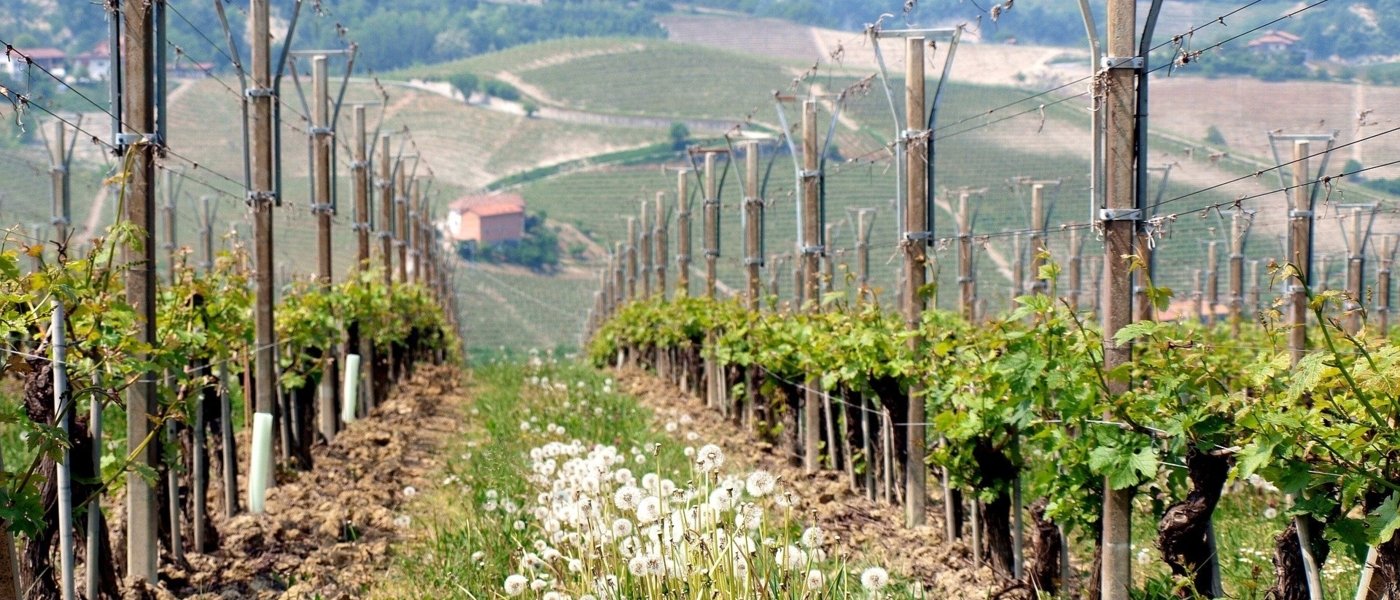Many of the best wineries in Chianti, Italy, are to be found in the Chianti Classico DOCG area, the oldest official wine region in Italy, which celebrated its 300th anniversary in 2016. However, there are some excellent ones to be found in other Chianti DOCG sub-zones, such as Colli Rufina, making for a diverse Chianti wineries map.
Some of best wineries to visit in Chianti make wines from a number of Chianti DOCGs, taking in Classico, Colli Arentini, Colli Fiorentini, Colline Pisane, Colli Senesi, Montalbano and Rufina, allowing wine lovers the opportunity to taste the differences of different places of growth and appreciate the different expressions of the Sangiovese grape and the other grapes that make the final blend. At Wine Paths, our team of local experts organise tours that take you to some of the Chianti wineries and to their vineyards, which is the real heart of the action.
Best Wineries in Chianti
Most of the best wineries in Chianti carry out temperature-controlled fermentation in stainless steel tanks in order to keep the freshness and fruitiness in the wine, as well as to avoid rustic off-flavours developing. The best Chianti wineries also age their wines in small oak barrels, often made from French oak, as opposed to the large and more traditional Slavonian botti. The top Chianti wineries to visit are careful not to allow the oak to dominate the wine but rather integrate it to add depth and texture, and accordingly work with a mix of new barrels and second - and third fill oak barrels to get the balance right. The final wine is usually a selected blend of barrels of various ages and often originates from different vineyards. Wineries usually have their vineyards at between 200 and 400 metres above sea level, which provides for a significant diurnal temperature range and no two vineyards are the same – meaning subtle differences in the wines they produce. Furthermore, the Sangiovese grape is an excellent articulator of terroir and can show site-specific characteristics with aplomb.
Chianti wineries produce their wines with the Sangiovese grape forming the backbone of their blends, but they can work in a number of international and local grapes to flesh out and spice up the final product. The best wineries in Chianti skilfully craft their blends from a number grapes, with the likes of Cabernet Sauvignon and Merlot bringing fuller body and richness, and the local grapes of Canaiolo and Colorino delivering local spice. The Sangiovese grape with its lively acidity, red fruit, earthy and floral notes must account for at least 70% of Chianti DOCG and 80% of Classico DOCG – the latter whose wines are sealed with a black rooster (Gallo Nero in Italian). Some of the best Chianti wineries make wines in the Chianti Classico Gran Selezione category, which must be made exclusively from a winery’s own grapes and aged for a minimum of 30 months, compared to 24 months for the Classico Reserva.
Chianti region wineries often produce wines from other parts of Tuscany, where they often also have their own vineyards. These include the Super Tuscans of Bolgheri DOC; the next generation of Super Tuscans from Maremma and Morellino di Scansano; Vino Nobile de Montepulciano, made from the Sangiovese clone of Prugnolo; Brunello di Moltalcino DOCG, which is made from the Sangiovese clone of Brunello that gives uber complex wines that just keep getting better with age; and fresh, floral and complex whites from Vernaccia di San Gimignano DOCG. In some cases, producers have wineries across Tuscany – as in the case of the Antinori family, which has wineries dotted around Tuscany and way beyond.








